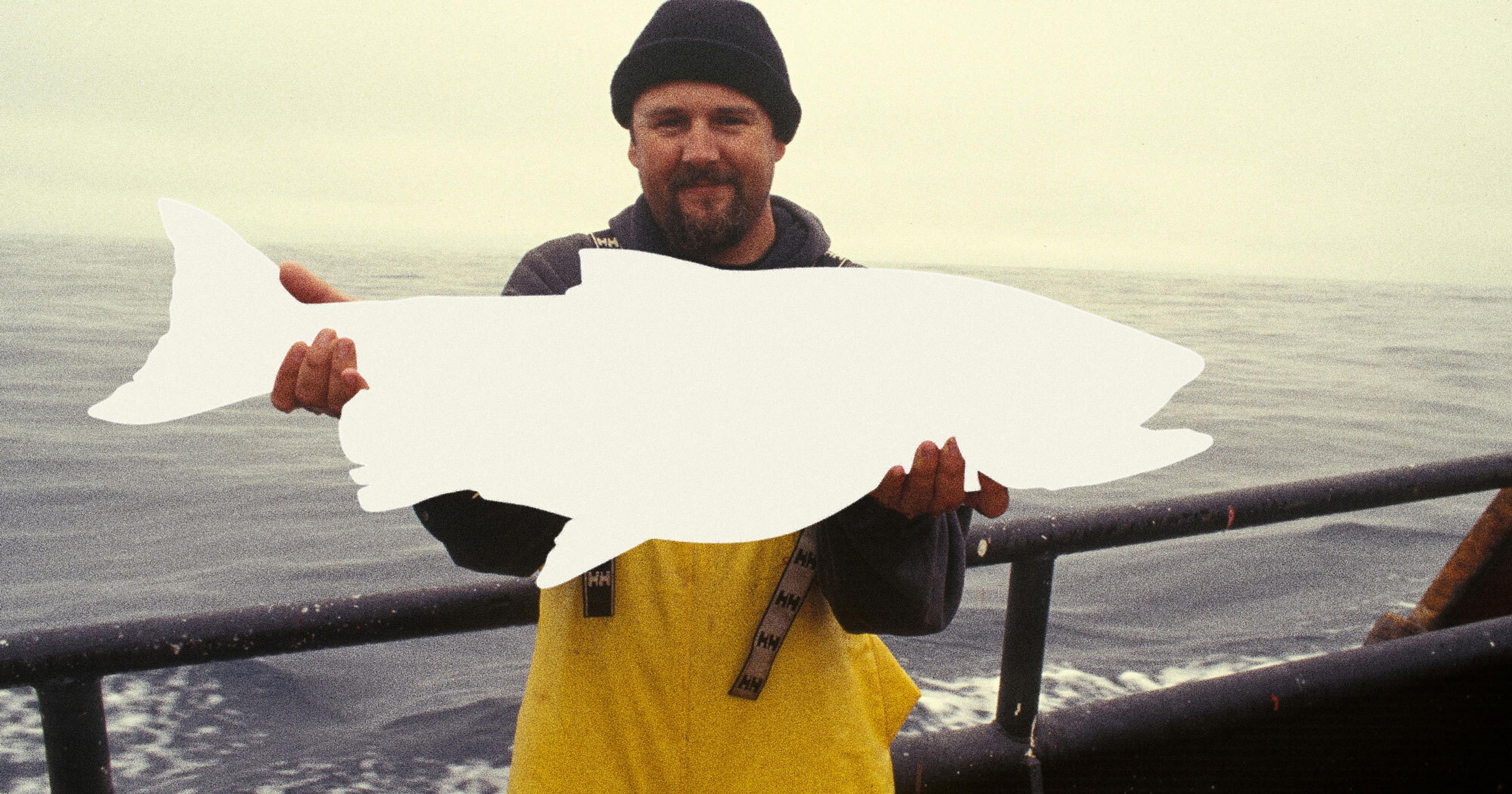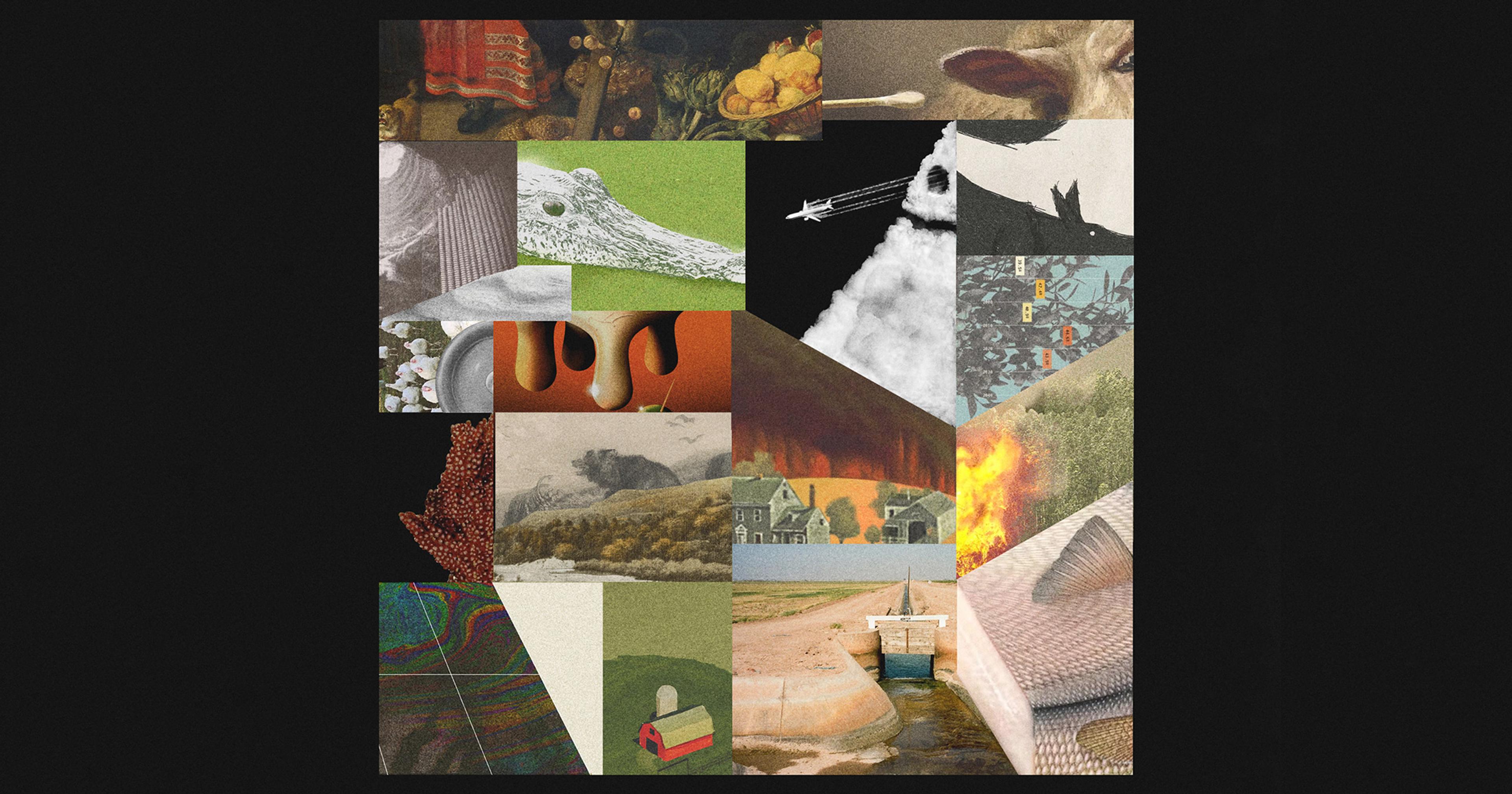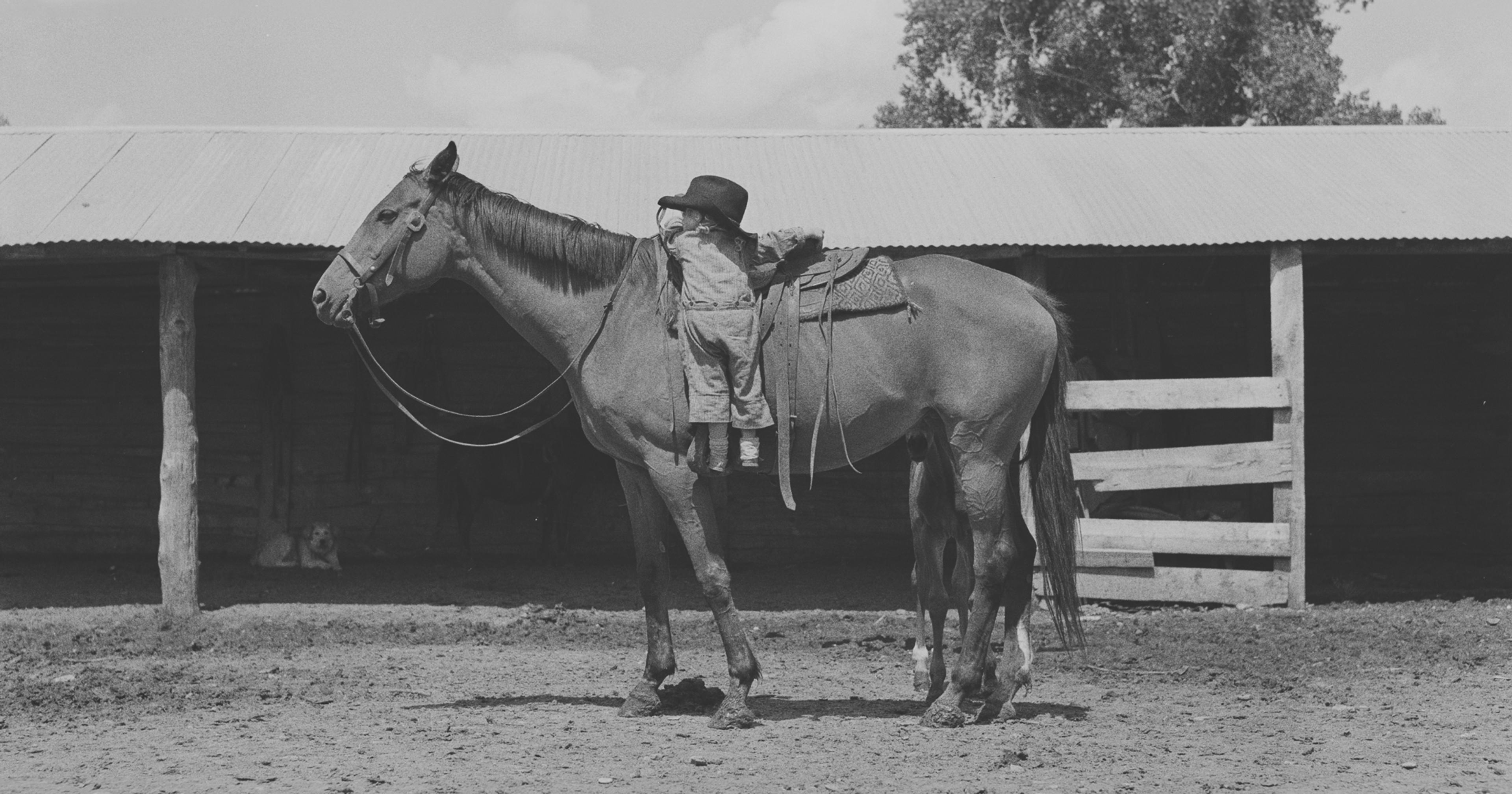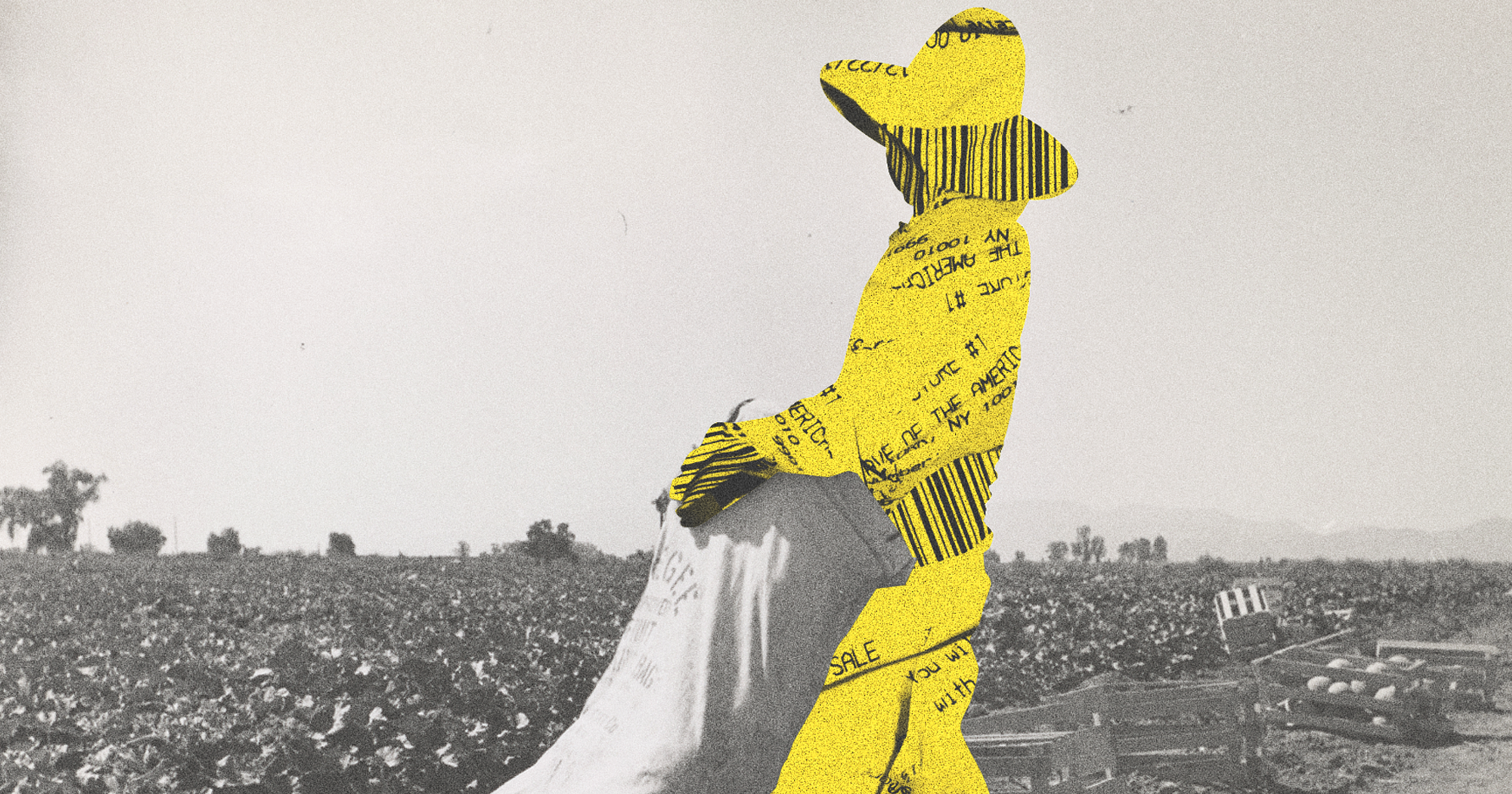It’s a vague term with a range of meanings. As a category, however, the rough fish designation is harming native fish populations.
If you drive past any popular bowfishing or spearfishing sites in Minnesota, you might see fish carcasses strewn on the sides of roads or near boat landings — sometimes by the dozen, and in heaping piles. This sort of wanton waste is not legal, but it’s not often punished either. People continue to do this, and continue to get away with it, because of a longstanding prejudice against the animals deemed “rough fish.”
Though it’s commonly used by anglers and various state agencies across the country, rough fish — also known as “trash fish” — has no one definition. Broadly, it’s a term applied to freshwater fish that implies a species is neither valuable nor worthwhile to catch or eat. But this term has garnered a lot of criticism, over the past few years especially, for being problematic on multiple levels.
For one, it’s a term that’s confusingly applied differently to different species across states. The longnose gar, for example, is considered a rough fish and a nuisance in Ohio, but a desirable food source in Louisiana. Some fish like catfish and sturgeon were once considered rough fish, but escaped that designation when they became popular. To make matters worse, it’s used to describe both pesky invasive fish and underappreciated native species alike, creating an unfair conflation between the two and a false sense that native fish are damaging to the environment and deserve to be killed.
Changing the Conversation
Over the past few years, especially as a greater cultural tide boosts our appreciation for native ecology, scientists and activists are increasingly calling for a move away from what many call the “rough fish paradigm.” The disregard people have for native fish species simply because of the rough fish label creates a cycle of neglect, where fish are ignored and therefore understudied, recklessly fished, and tossed, says Andrew Rypel, director of the Fisheries School at Auburn University in Alabama, and lead author of a seminal 2021 paper on the rough fish paradigm. But failing to adequately examine these fish means we don’t discover all the interesting and potentially important aspects of their biology and contributions to the environment.
The term’s usage in the U.S. is just as unscientific as its current usage. “When the Europeans came to North America, they wanted to have fishing opportunities that mirrored the opportunities that they left behind in the older world,” said Rypel. They stocked American waters with more prized European game fish, fish that were deemed better for food and sport compared to the native species that had long been treasured and eaten by Indigenous communities. These less desirable fish became known as rough in reference to the practice of “rough dressing,” where commercial fishers gut lesser fish but don’t bother to fillet them.
Rough fish became the fish for poor and marginalized people, said Olaf Nelson, an Illinois-based amateur historian of North American native fishes and co-founder of Native Fish for Tomorrow, a non-profit advocacy group. And an idea took hold that these rough, native fish were taking up too many resources and squeezing the prized, non-native game fish. This terminology quickly entered legal parlance. In Minnesota’s first Fish Commission in 1875, native rough fish were referred to as “the vermin of the waters,” said Tyler Winter, native fish advocate and another co-founder of Native Fish for Tomorrow. There became plans to cull their populations and relegate them only to certain lakes.
“People don’t eat the fish they used to.”
The consumption of rough fish continued well into the early 1900s, especially since it was a time when people relied more heavily on local resources. But since then, commercial fishing for rough fishing has declined. Terry Miller, a commercial fisherman who harvests rough fish at the intersection of North Dakota, South Dakota, and Minnesota, said that 30 years ago there were six other guys operating out of his town alone. Today, he’s the only one doing this work in his whole region.
“People don’t eat the fish they used to,” Miller said. He argues that, since you can find whatever fish you want at the supermarket, people have been “spoiled” for choice. The rough fish Miller catches — including smallmouth and bigmouth buffalo, redhorse, sucker, and bowfin — mostly get sent to Asian markets in cities like Chicago or New York City.
The rough fish paradigm also permeates the sport fishing world. Since rough fish are thought to be pests, and the term colloquially includes native and invasive fish species, people conflate native rough fish with invasives like carp, and mistakenly believe that killing and discarding any rough fish is good for the environment — hence the piles of tossed-out carcasses. Bowfishing and spearfishing, sports that have gained traction over the last few years, have made new targets out of some native fish species like bigmouth buffalo fish. Many places don’t even have limits in place for how many rough fish you can fish at a time, and no protected seasons. A concern, Winter said, given that we don’t have comprehensive research on the populations of rough fish species, or even the number of species we have.
Learning More
We also know “almost nothing about the life cycle of many of these species,” according to Rypel. Questions like where do they migrate; how long does it take them; how do they spawn; and do they spawn every year successfully, are all critical for our understanding of whether a species is thriving or in danger.
Scientists have started to fill these gaps in our knowledge in recent years, with some pretty striking findings. Specimens of the bigmouth buffalo fish have been found to live amazingly long lives — up to 127 years — and don’t seem to decline biologically with age. But while bigmouth buffalo fish populations seem to be relatively stable over the years, new research also shows that they’ve struggled in the past 50 years to produce successful young, warning of a potential imminent decline in their numbers. Research on other native fish like quillback suckers, bowfins, and redhorse suckers have found that they’re also longer-lived than people previously assumed.
Despite new findings, in some places rough fish are still “not even listed in state fishing regulations, which speaks to their greater neglect,” said Alec Lackmann, a fish researcher at the University of Minnesota, Duluth, who conducts research on the biology and aging of native fish. Ideally as more of this research comes in, government agencies will step up and put regulations in place specific to the species.
We know “almost nothing about the life cycle of many of these species.”
Taking these fish and their regulatory needs seriously are important, not just for the species themselves, but for the greater environment. “The bigmouth buffalo is a direct competitor to the invasive bighead and silver carp,” said Lackmann, and act as a bulwark against their continued spread. They also consume baby zebra mussels, another invasive species. Certain native mussel species also have symbiotic relationships with native fishes, attaching to those specific fishes’ gills, he adds.
Despite all these known benefits that native fish species provide to the environment, the rough fish label still “cuts off people’s basic curiosity” about these fish, said Winter. So what would it take to shed the moniker?
There are several different species that used to be deemed rough fish that now have some other protected status. Rypel calls these “rough fish escapees.” Paddlefish and alligator gar escaped and are now trophy species for anglers. Sturgeon gained public awareness after nearly becoming wiped out and are now protected. Catfish gained popularity through media exposure starting in the 1980s and became a more popular food source (though Indigenous communities have long eaten catfish). But each of these species basically required publicity campaigns that made them fashionable in the public eye — not necessarily a scalable strategy for every native fish.
Policy Reform
Only one state so far, Minnesota, has taken steps to tackle the rough fish problem on a policy level. In May 2024, the state passed legislation to replace the rough fish category with a “native rough fish” category that includes only native species. It may seem like a small change, but “it’s a huge accomplishment,” said Winter, who was involved in these renaming discussions. This change is a step toward Minnesota protecting native species before they’re even endangered. The state is currently working through how exactly they’ll regulate all the species in this new category, such as with new harvest limits.
A lot of people, however, think the change to “native rough fish” is not quite enough. Lackmann and Rypel would both have preferred they just be labeled “native fish,” since that’s what they are, and “rough” still carries that pejorative connotation. Even more ideal, Lackmann said, would be for species to be referred to and regulated by their own individual names.
Winter explained that “native fish” would’ve implied that all other fish are non-native, which is certainly not true. Other candidate names created similar confusions. In the end “native rough fish” was the least bad option they had, he says (and jokes that no one went for his suggestion of “really really good fish”).
Despite this win in Minnesota, other states have yet to catch up. And we’re still a long way from fully correcting the “trash fish” mentality.
“In an ideal possible future, there would be a mix of all these things — catch and release, catching and consuming, and maybe some commercial harvest in some places.”
Ideally each native species would be valued simply because they’re native and good for their ecosystems. But what the rough fish escapee precedents show is that people tend to care about fish they think are either cool to catch, or good to eat.
But the problem with jumping ahead and encouraging people to catch these native species for sport or food is that we first need more basic research on these fish, how they live, how many there are, and what they need to survive and reproduce, said Lackmann. Then, if it seems like populations are robust enough, the next step would be to work through what sort of tracking and reporting is required to regulate commercial fishing, to prevent populations from declining too much.
Funding for robust management of native fish also poses an obstacle, said Rypel. “The majority of funding for state agencies to manage fish populations comes from fishing license sales,” he said. When people come in and only fish for bass or walleye, that incentivizes agencies to prioritize those species. It’s a chicken and egg dilemma — funding for the management of rough fish species is lacking, but it’s also not ideal to just reclassify and advertise native species as game fish without regulations and management plans in place first.
“In an ideal possible future, there would be a mix of all these things — catch and release, catching and consuming, and maybe some commercial harvest in some places — as science determines is acceptable,” said Nelson. But it’s a long way to go to get there.










